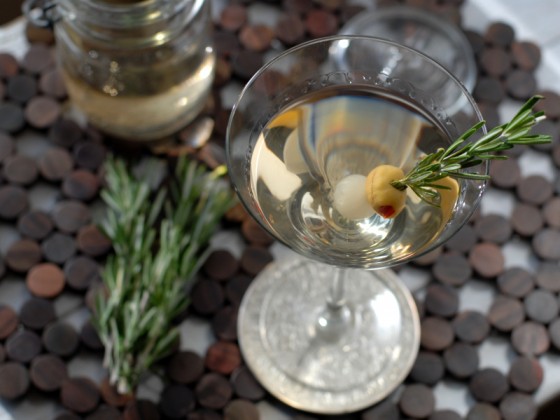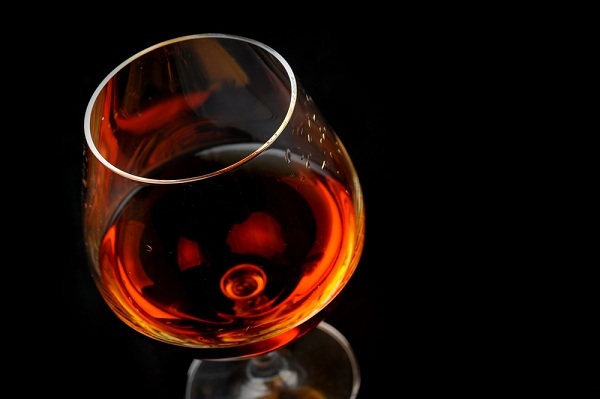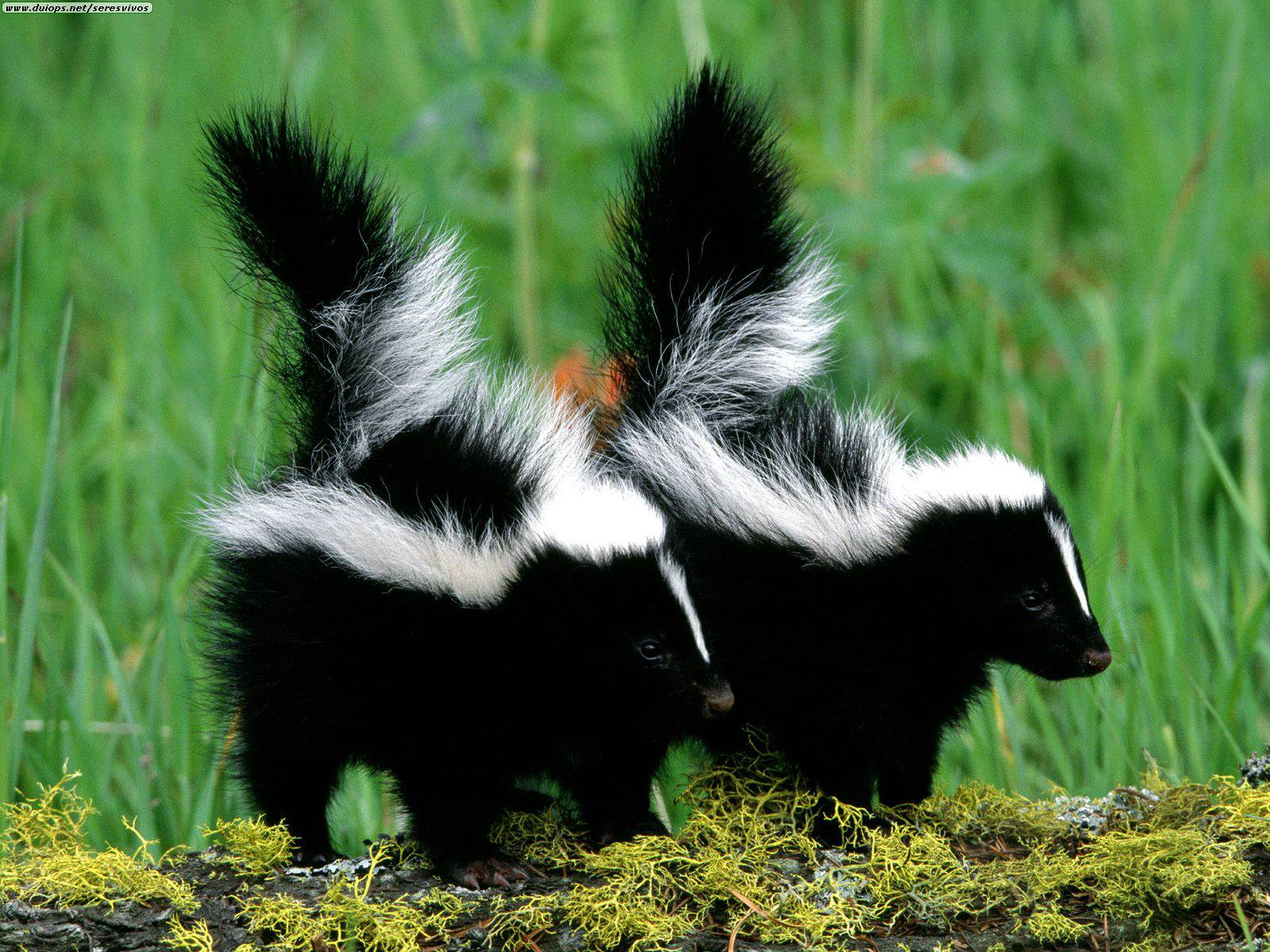The Juniper Tonic

There’s one particular drink I have yet to touch on in the six plus years of writing this column–gin. That fact mostly comes from my personal preference, as I’ve never been a particular fan of gin. Ignoring it simply out of bias though is a disservice, as gin is still quite a popular beverage.
Many people may see it as a cocktail spirit of an older generation, associated with the speakeasy era of prohibition and bootlegging. Many craft distillers though consider a well-made gin to be the pinnacle of artisan spirits, as it requires more finesse and skill to make a good gin versus other spirits. This month, I bring you at long last, the tale of the juniper spirit.
The history of gin coincides with the medical profession. Gin is a botanical drink, where a recipe of herbs, spices, and aromatics are infused into a base neutral spirit. Physicians would typically use various herbs and spices to create a tonic that was believed to remedy particular diseases.
Unconfirmed reports say gin-like tonics were created as far back as the 11th century by Italian monks. Most historians though credit the creation of modern gin to Dr. Franciscus Sylvus of Holland during the 17th century as a proposed remedy for kidney ailments. He named the tonic genièvre, which is the French word for juniper.
The principle flavor of gin spirits is juniper berry, and all gin recipes contain juniper as the dominant flavor by definition. Many gins are also sweetened slightly following final distillation. How the flavor of juniper and other botanicals are infused into the spirit, and the method of distillation used, gives rise to several various classes of gin.
The two main types of gin are compound and distilled gin. Spirits that are simply labeled gin (or compound gin), are typically a neutral grain spirit infused with the flavoring essence of the botanical recipe, which does not require further distillation. Compound gins are considered of lesser quality versus distilled gins.
All other gins go through distillation, and have numerous subclasses. The first are traditional infusions known as juniper flavored spirit drinks, commonly called Wacholder or Genebra, in which a moderate strength grain spirit (typically around 70% alcohol) is mashed with juniper and other botanicals, then redistilled to capture the essence of the botanicals. The most common subclass is referred to as London gin or London Dry gin, where pure high proof (which is neutral spirit at the natural distillation limit of 96% ABV) is distilled through a column commonly used for gin in the presence of the botanical recipe mix. London gin has limits on how the flavorings must be infused, does not allow for any added colorants, and requires that sweetening of the final product be limited to 1 gram of sugar per liter of spirit.
Several traditional subclasses of distilled gin also forego column distillation for pot distillation, such as Holland gin or Geneva gin. Most pot still methods suspend the botanicals in a basket at the neck of the boiler so the hot vapors pass through them and capture the aromatic essence. The heart of gin production relies on the recipe of botanicals used to infuse the gin flavor.
All gins are predominately juniper, but the remaining mix is a proprietary blend from each distillery, and is kept a closely guarded secret. Common botanicals include angelica, citrus peels, cinnamon, anise, coriander, fennel, cassia bark, nutmeg, savory, saffron, frankincense, orris root, licorice root, and almond. There are many other herbs and spices used, and the above list is by no means a short list for gin recipes. The brand Hendricks Gin in particular is known for using a heavy infusion of rose petals to give a very distinct flavor.
Gin, from a consumption standpoint, is most commonly used in cocktails. The two most popular mixes by far are the gin and tonic, and the classic martini. As stated earlier, I personally am not a big fan gin, so my experience here is admittedly limited, but the one flavor I’ve found to compliment gin quite well is that of cucumber, which can make a refreshing cocktail headed into the summer months. Whether a fan of gin or not, it must be admitted that this spirit has earned its place in the pantheon of spirits, and is admired by many for its unique flavor.
So if it’s gin you enjoy, taste around, as the recipe here is king, and each brand brings its own flavor to the table. Drink responsibly.




